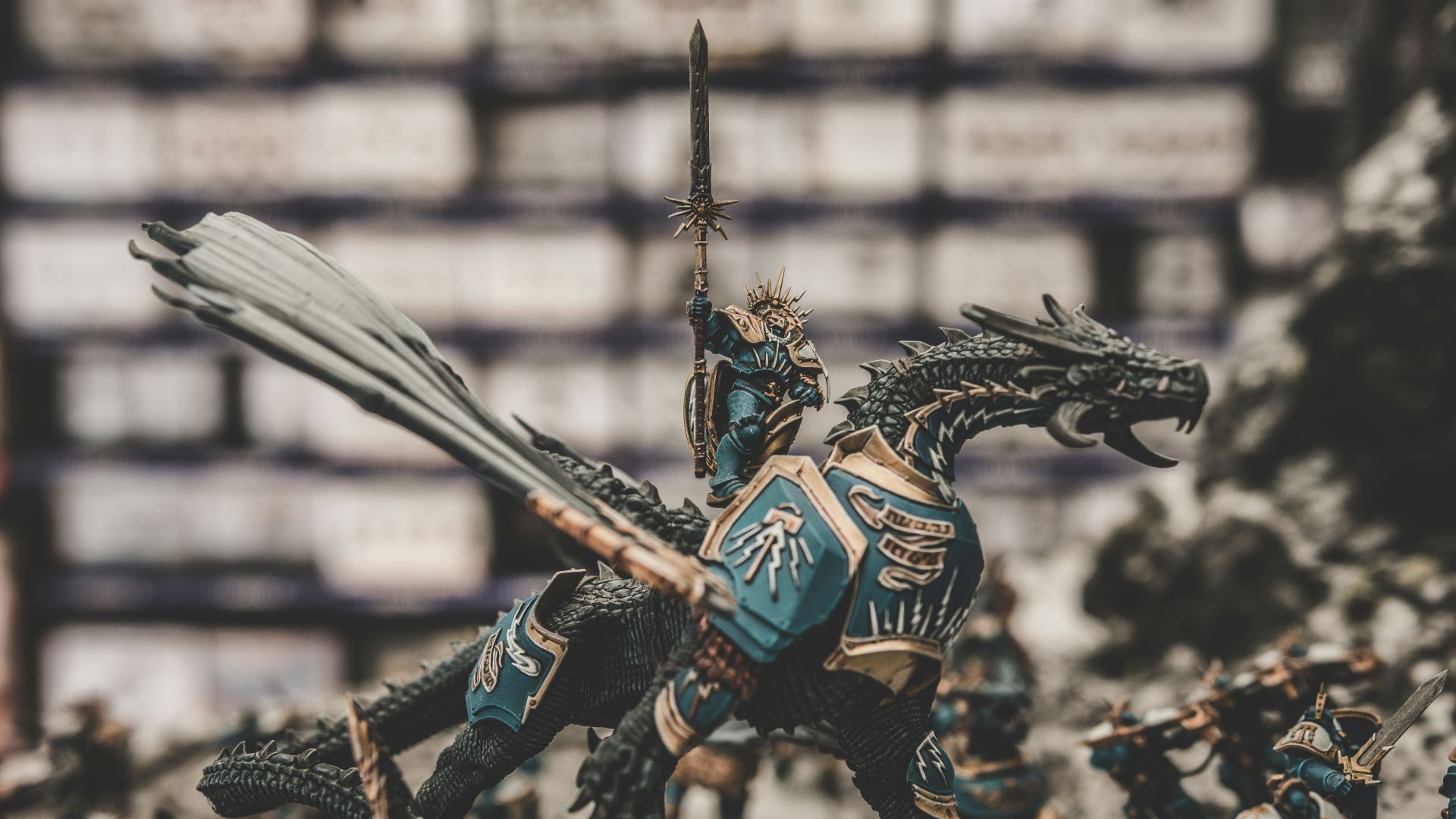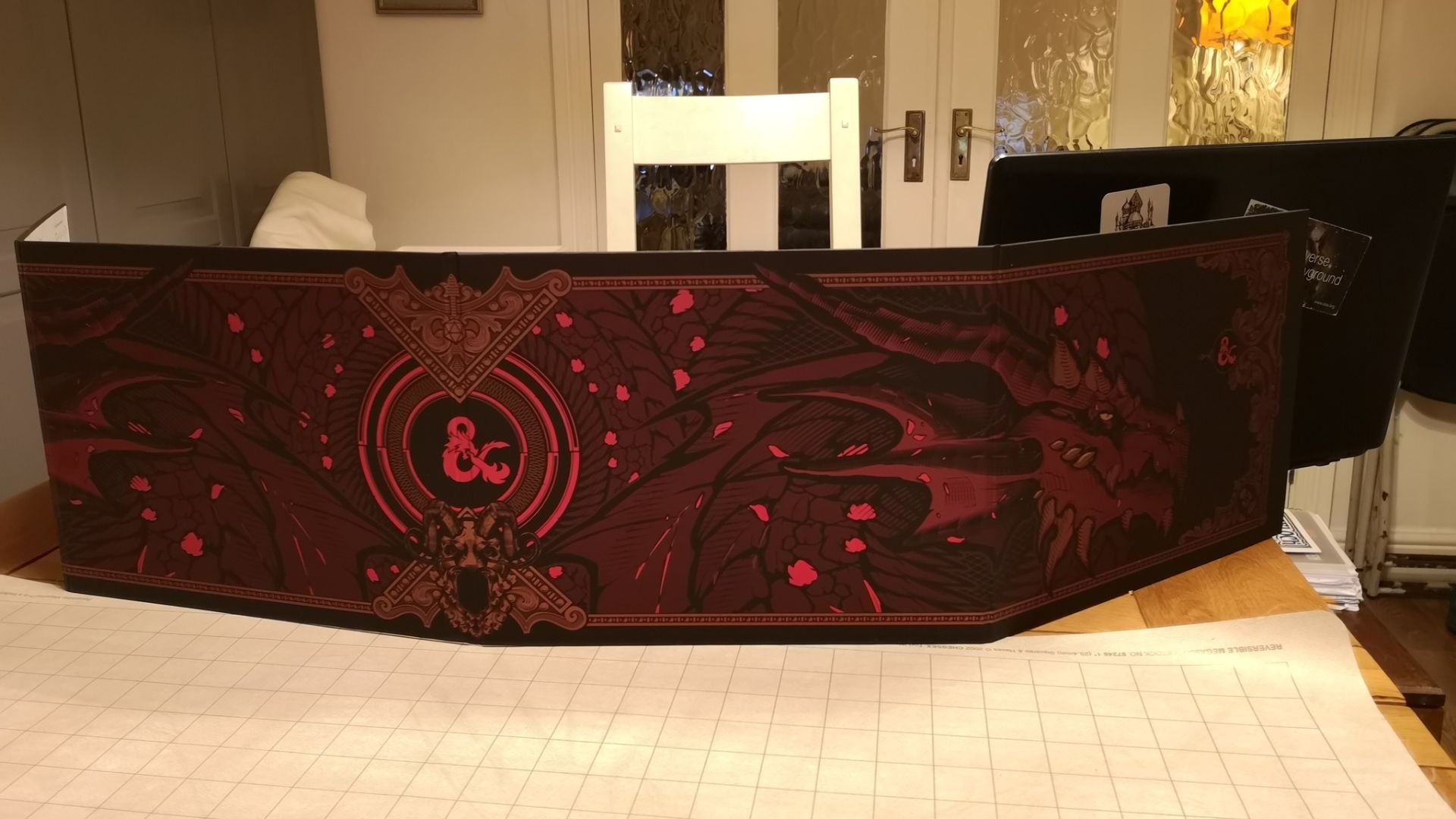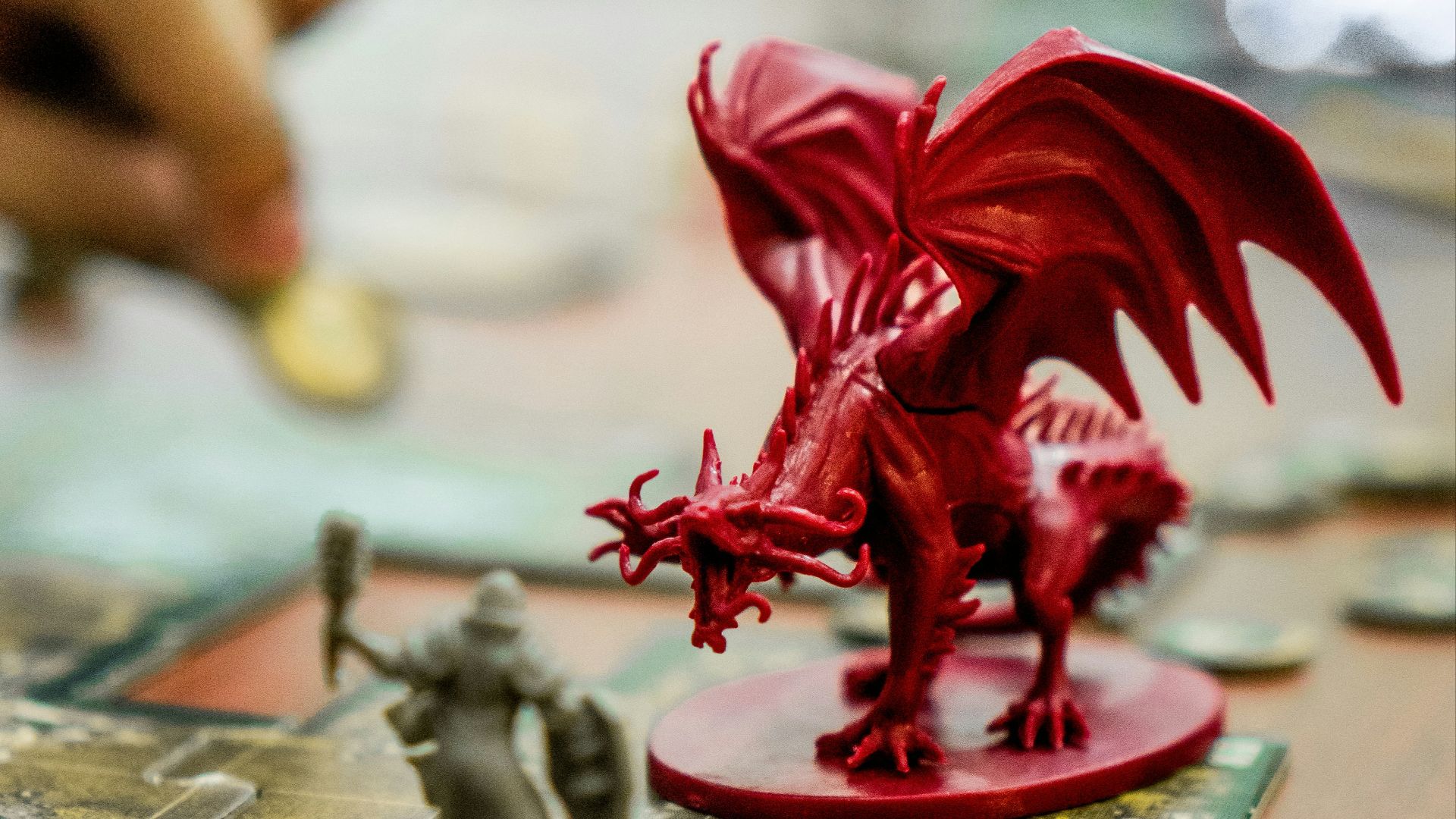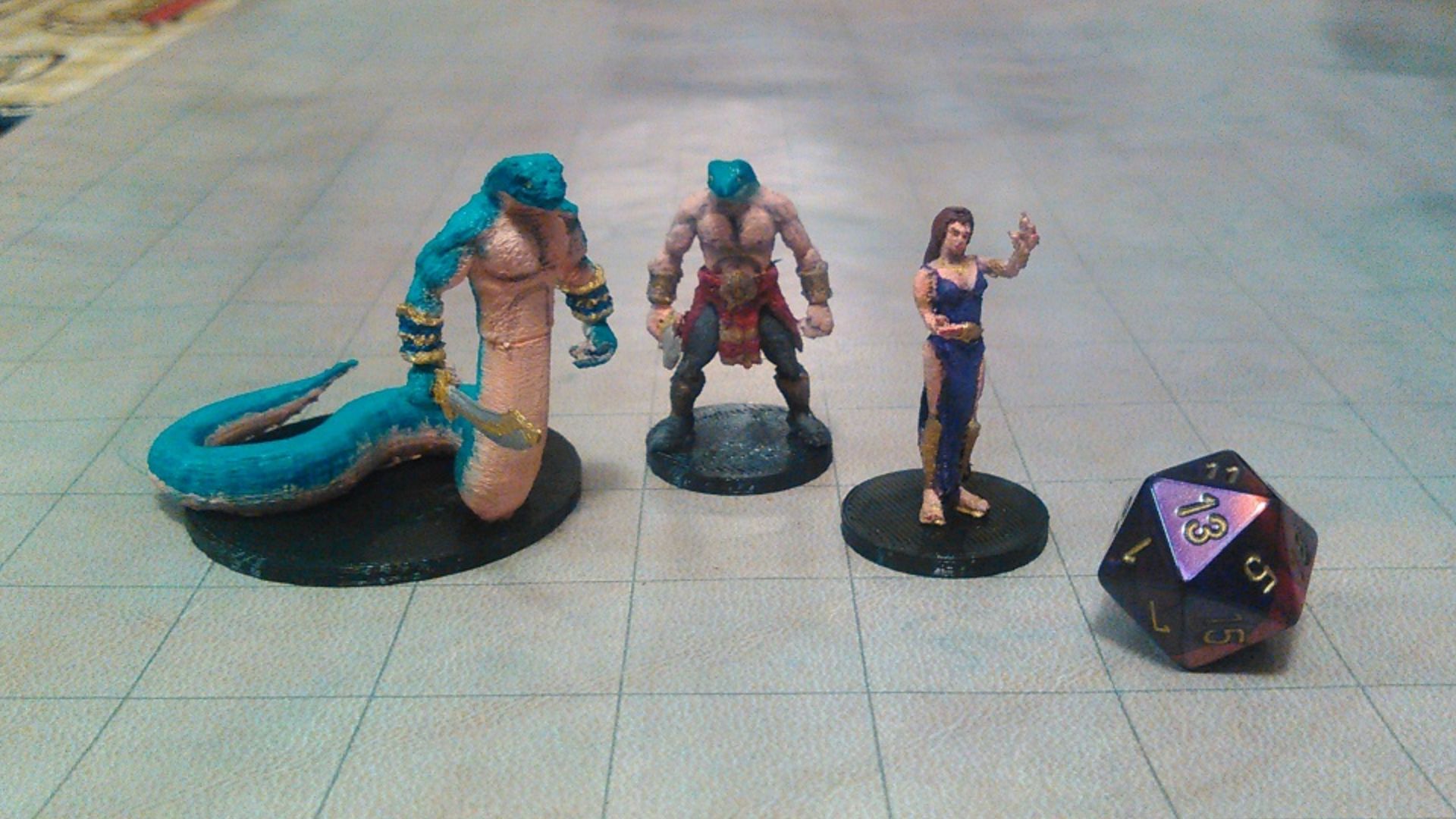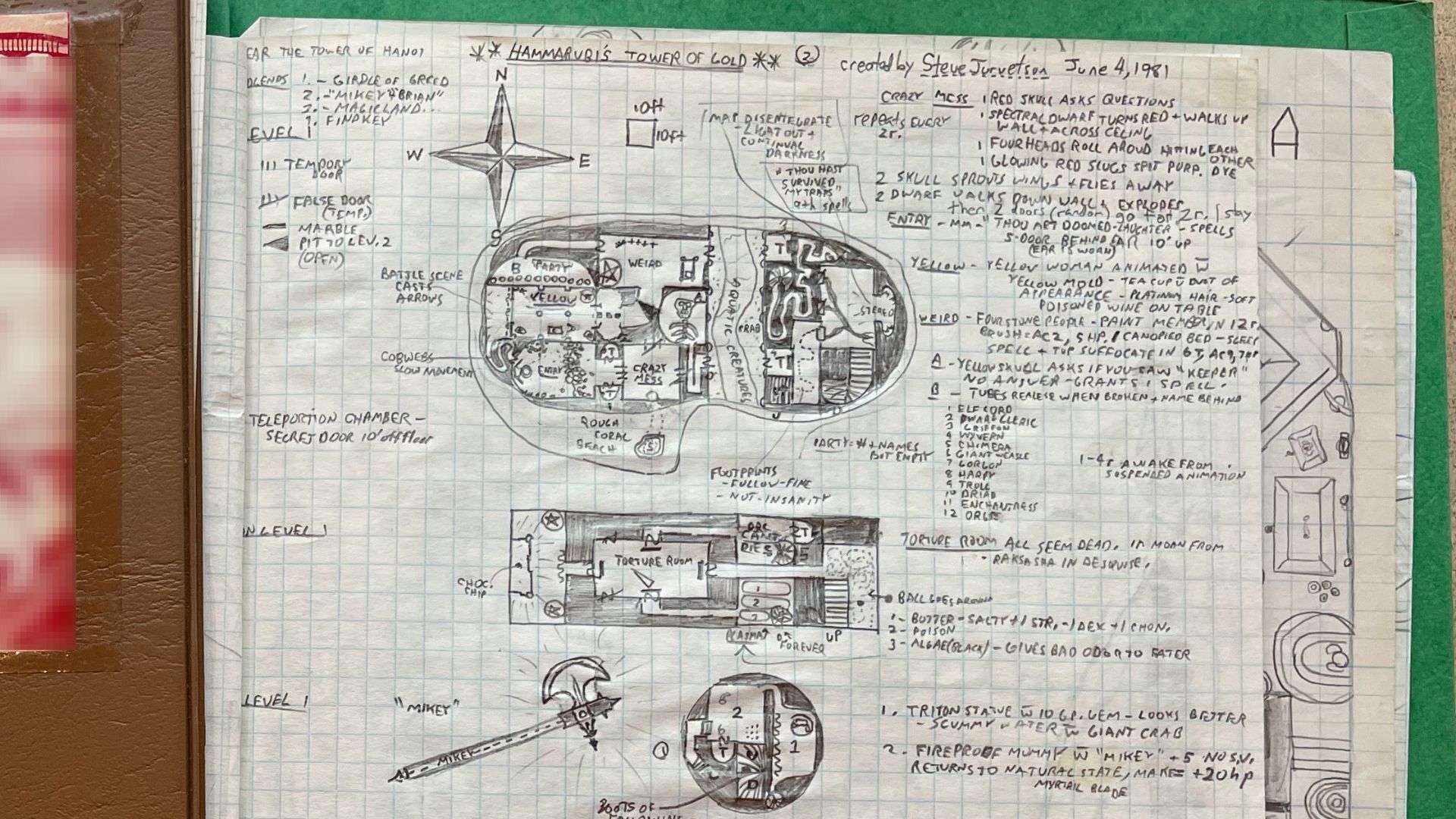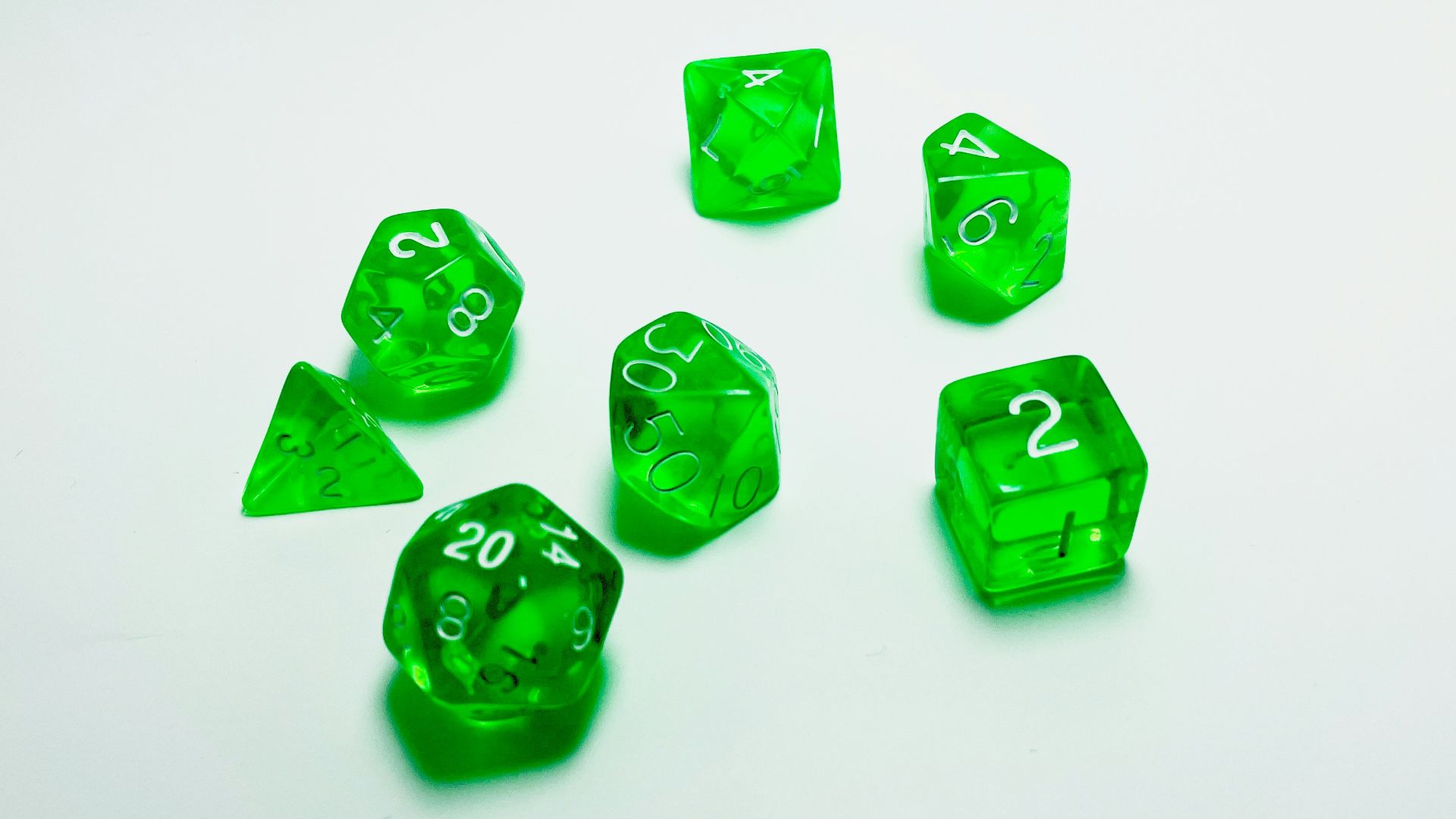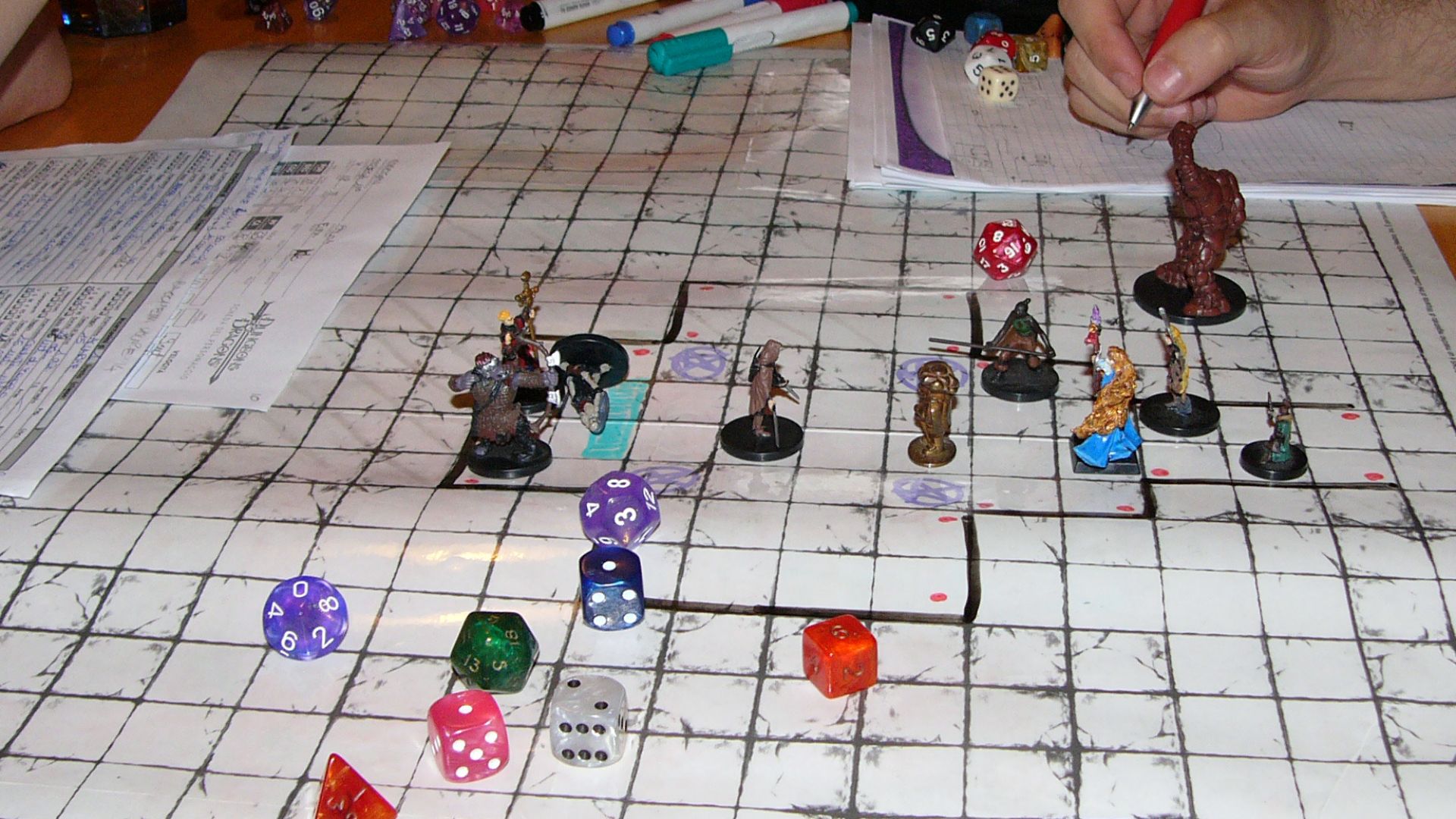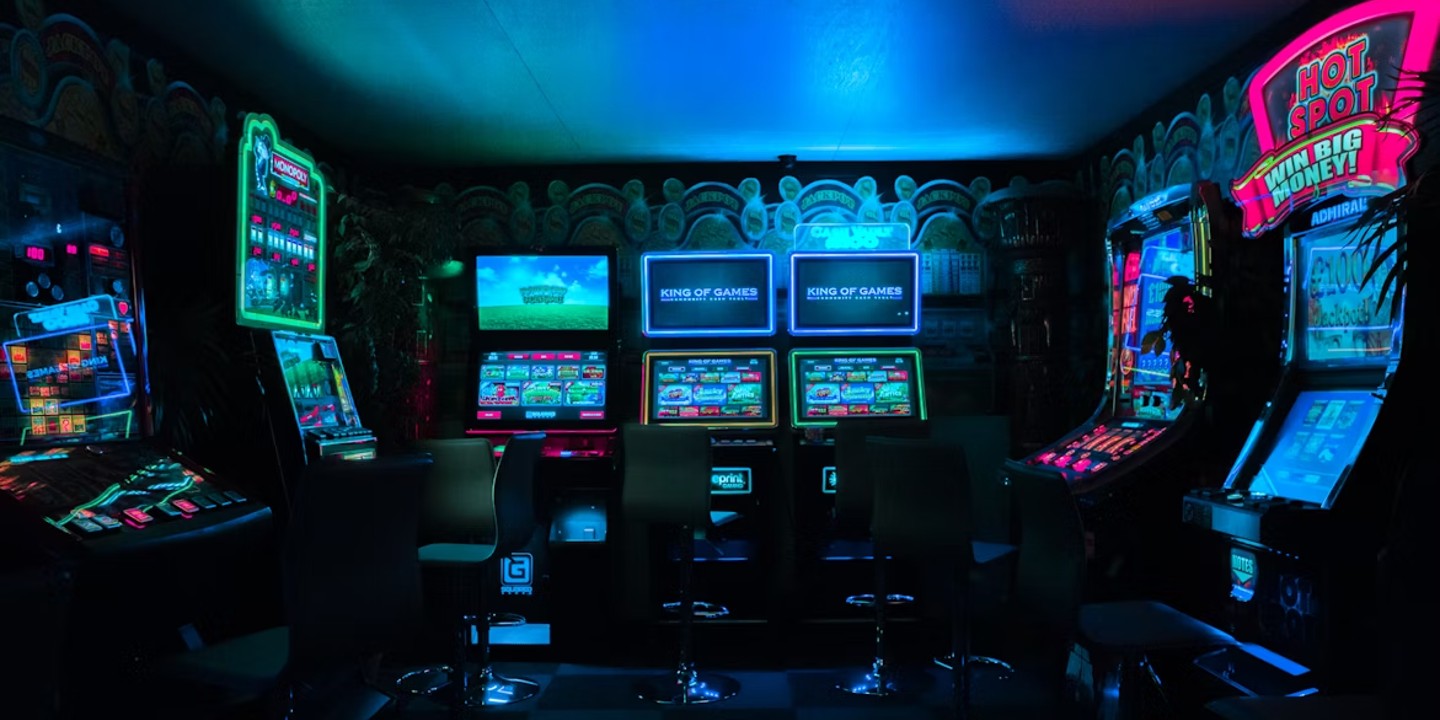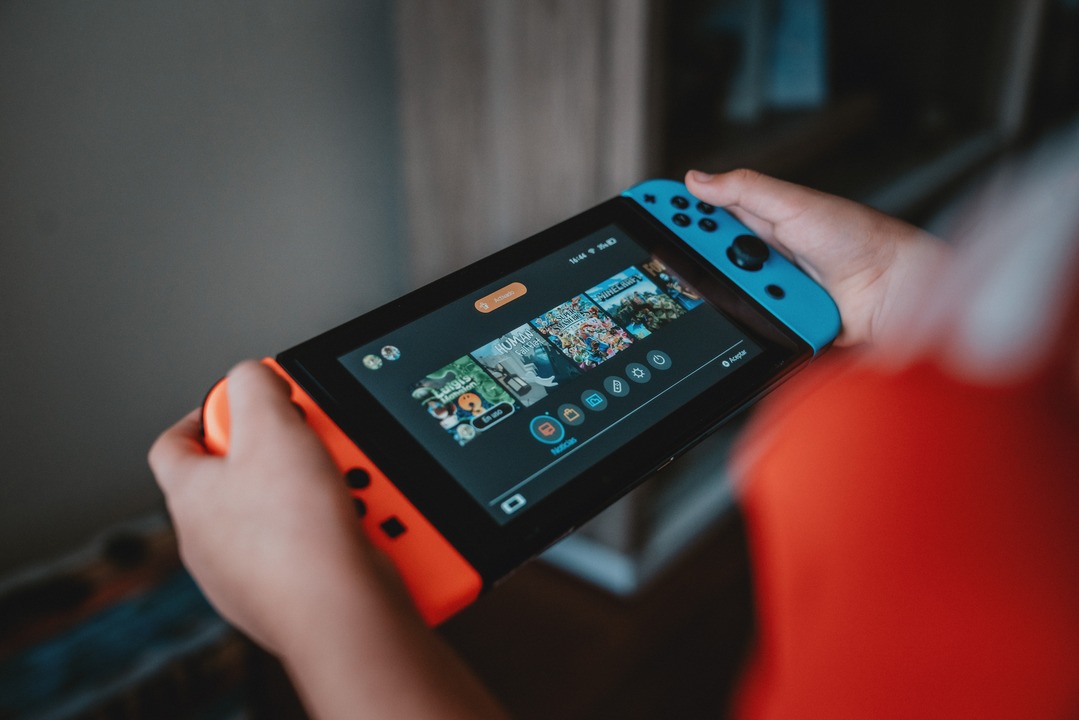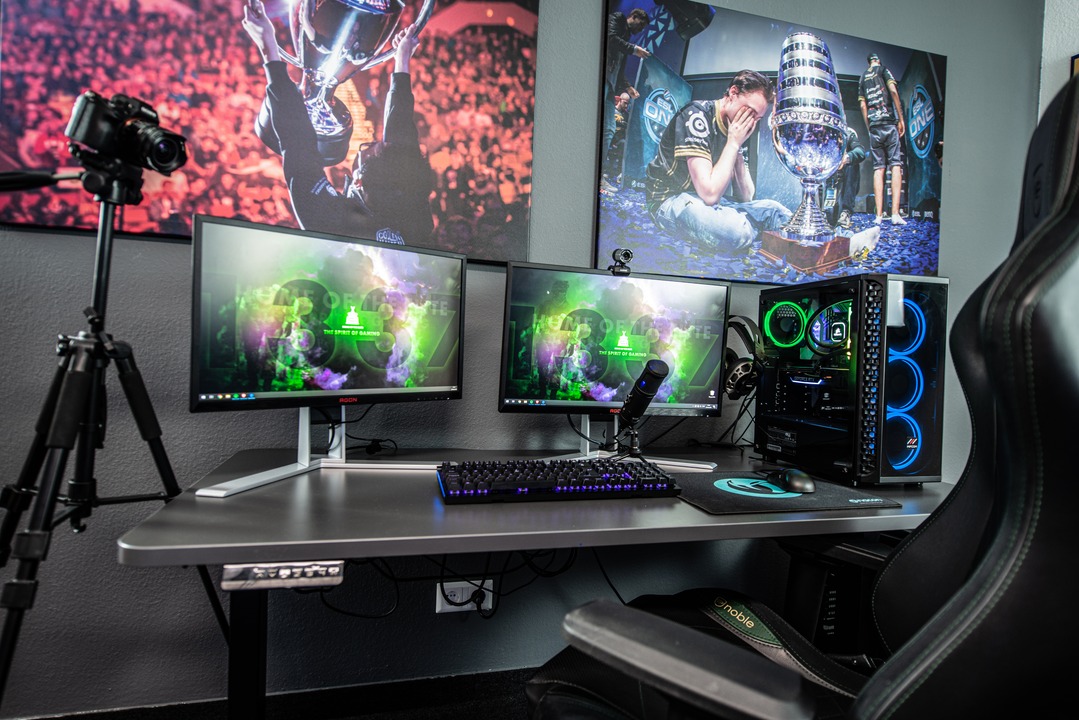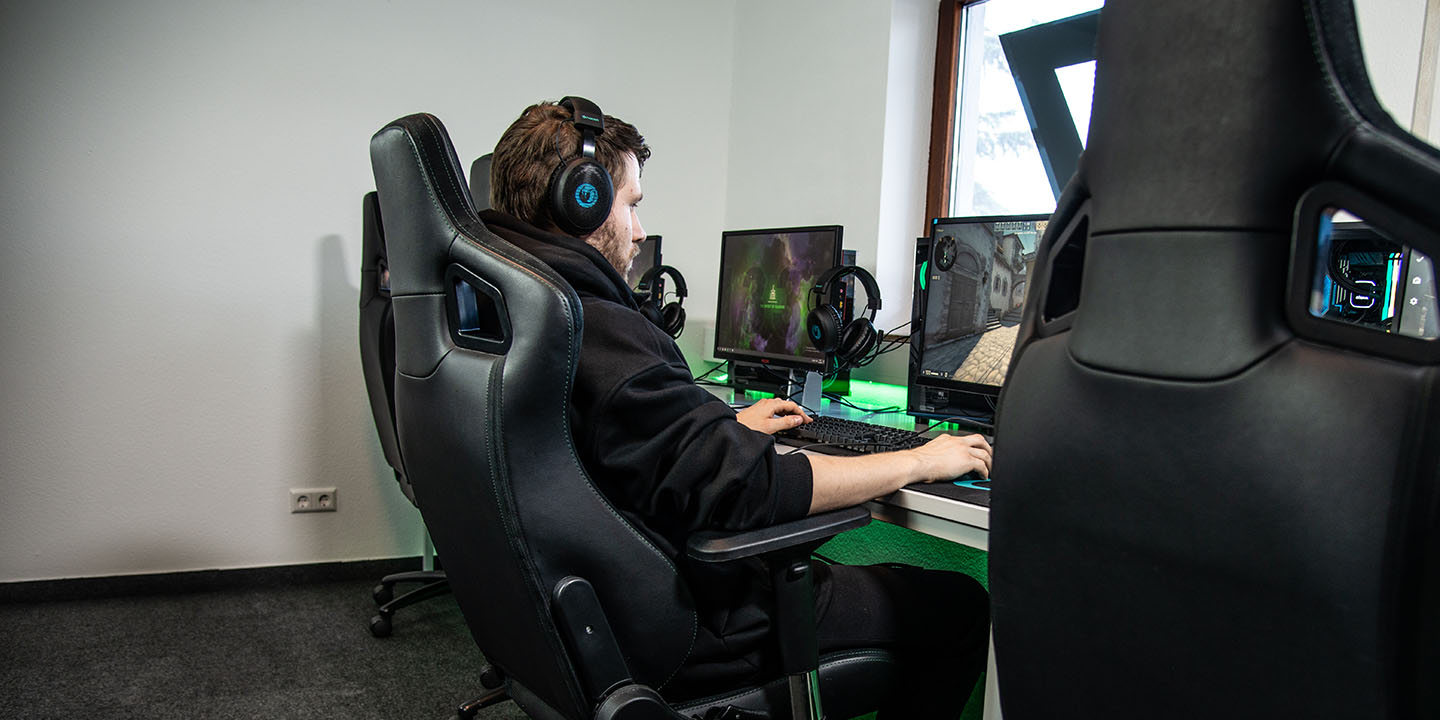How to Captivate With a Campaign
It’s easy to feel overwhelmed as a dungeon master, especially if you’ve never done it before. Are you telling us we need to create interesting sessions with fun characters and players’ backstories? Every week for months? Don’t worry! We have a few tips to help you navigate the realms.
1. Know What You Need
As you can imagine, a DM’s role is pretty expansive, and that means coming prepared with all the rules, stories, and character sheets you need to build the best story. Preparation isn’t only for session zero either—notes, maps, and NPC names are part of your job for every session.
2. Engage With Your Players
A campaign wouldn’t exist without the players, which is why engaging with them is so important. From getting their characters’ backstories to ironing out the kinks of a homebrew, speaking with them ensures you provide a little of what everyone wants.
3. Have a Session Zero
Now that we’re all ready to go, it’s time for session zero: the introductory session that sets the rules going forward. Can characters attack each other? What happens if a player becomes uncomfortable? How does the party gain experience? These sessions also allow you to scout for any potential problems, such as disruptive characters or distracted players.
4. Set the Scene for Players
While you don’t need to go overboard with your descriptions, it’s important to set an appropriate scene for players. Tell them where they are. Explain what the townsfolk are like. Introduce NPCs. All the world’s a stage!
5. You Don’t Need to Know Every Rule
People often think that dungeon masters know every rule, but that’s not true—nor should it be! It’s pretty impossible to keep tabs on every little detail of D&D, so while DMs should know the majority of the rules, they don’t have to keep every tidbit in their pocket. It’s okay to double-check with other players or pause to look something up.
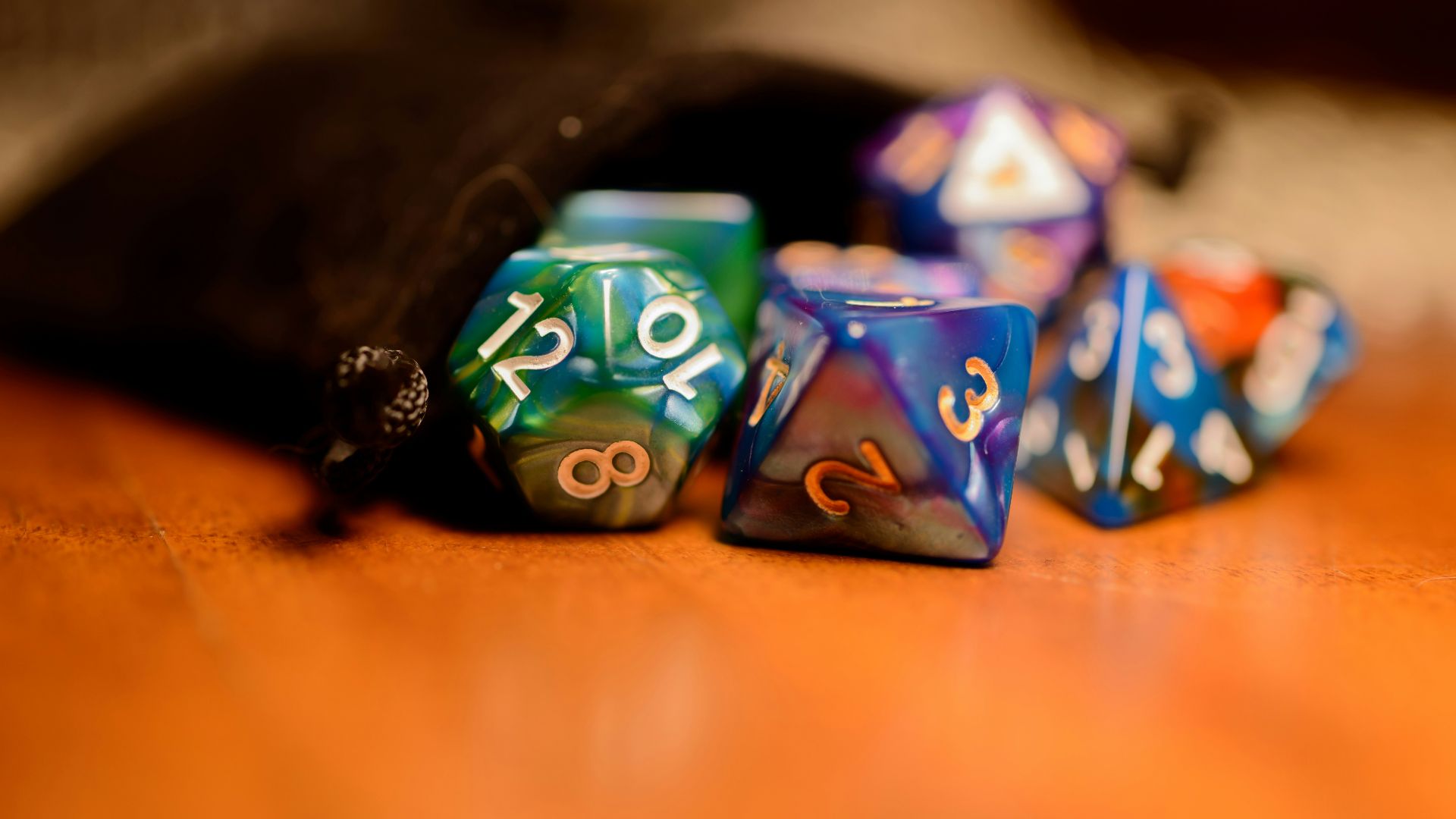 Carlos Felipe Ramírez Mesa on Unsplash
Carlos Felipe Ramírez Mesa on Unsplash
6. Take a Break Every So Often
Your mental health is more important than a D&D session, so don’t be afraid to take breaks when you need them. As disappointing as it is, life happens, and you shouldn’t put your well-being by the wayside.
7. Don’t Plan for Everything
A good dungeon master plans ahead—but they don’t plan everything. So much of D&D depends on improvisation and roleplaying, which means you’ll never have full control of a session. That’s part of the fun! Have a game plan in mind, but be flexible.
8. You Can Start Small
No one said you have to table your own 10-player campaign. You can start with a few friends or use previously published adventures to get the hang of things. Small sessions are just as fun as big ones.
9. Set Boundaries
With so much up in the air, you want to keep players comfortable. Ask them what they’re comfortable with or if there’s anything they’d rather avoid. Having a flirtatious NPC might be fun for some, but other players might get weirded out.
10. Know Who You Are
We know that sounds like vague advice Mufasa would give, but stick with us! It’s important to know who you are as a dungeon master. Are you more challenging, or do you prefer lighter battles? Are you going to roleplay every NPC? Will you be a stickler about the rules? Knowing how you play shapes how you run the game.
11. Work in Your Players’ Backstories
Players are far more engaged in a campaign when they encounter their backstories. Spend some time working their lore into the story. You can even speak with them before sessions to keep them in the loop or learn more about what they’d like to see.
12. Don’t Become the Enemy
You may be rolling for enemies, but that doesn’t make you one at the table. Your job isn’t to antagonize players or make unbeatable foes—D&D is way more fun when it’s challenging and collaborative.
13. Keep Notes Handy
It’s easy to think you’ll remember every detail of your own campaign, but you’d be surprised how much you can forget! Between names and backstories, past events and foreshadowing, there’s a lot to keep up with, so have your notes handy at all times.
14. Recap Previous Sessions
Speaking of which, players are often less diligent about taking notes. Recap sessions to jog everyone’s memories and keep them on the same page. To make it a more inclusive experience, you can even call on other players to give the play-by-play.
15. Don’t Push Yourself to Roleplay
Good dungeon masters don’t need a new voice for every NPC. Even without roleplay, you can still lead a successful campaign with compelling characters. Don’t push yourself if you aren’t ready—forcing yourself to roleplay only makes it more difficult for everyone.
16. Get Players’ Input Throughout
Check in with your players throughout the campaign. Ask them if they’re enjoying themselves. Make sure they’re comfortable. Speak with them about their characters. Engaging with players ensures a welcoming environment everyone will enjoy.
17. Implement Foreshadowing
The best worlds are rife with clues! From runes found on walls to letters stuffed in drawers, foreshadowing is a great way to allude to future events—even if you don’t have them all planned out yet. Trust us, players lose their minds when they fit the pieces together.
18. Grab a Little Inspiration
Who said you had to create a campaign from scratch? Pull inspiration from your favorite shows, previous campaigns, or even other characters. You can make it your own while drumming up a little help from some of the greats.
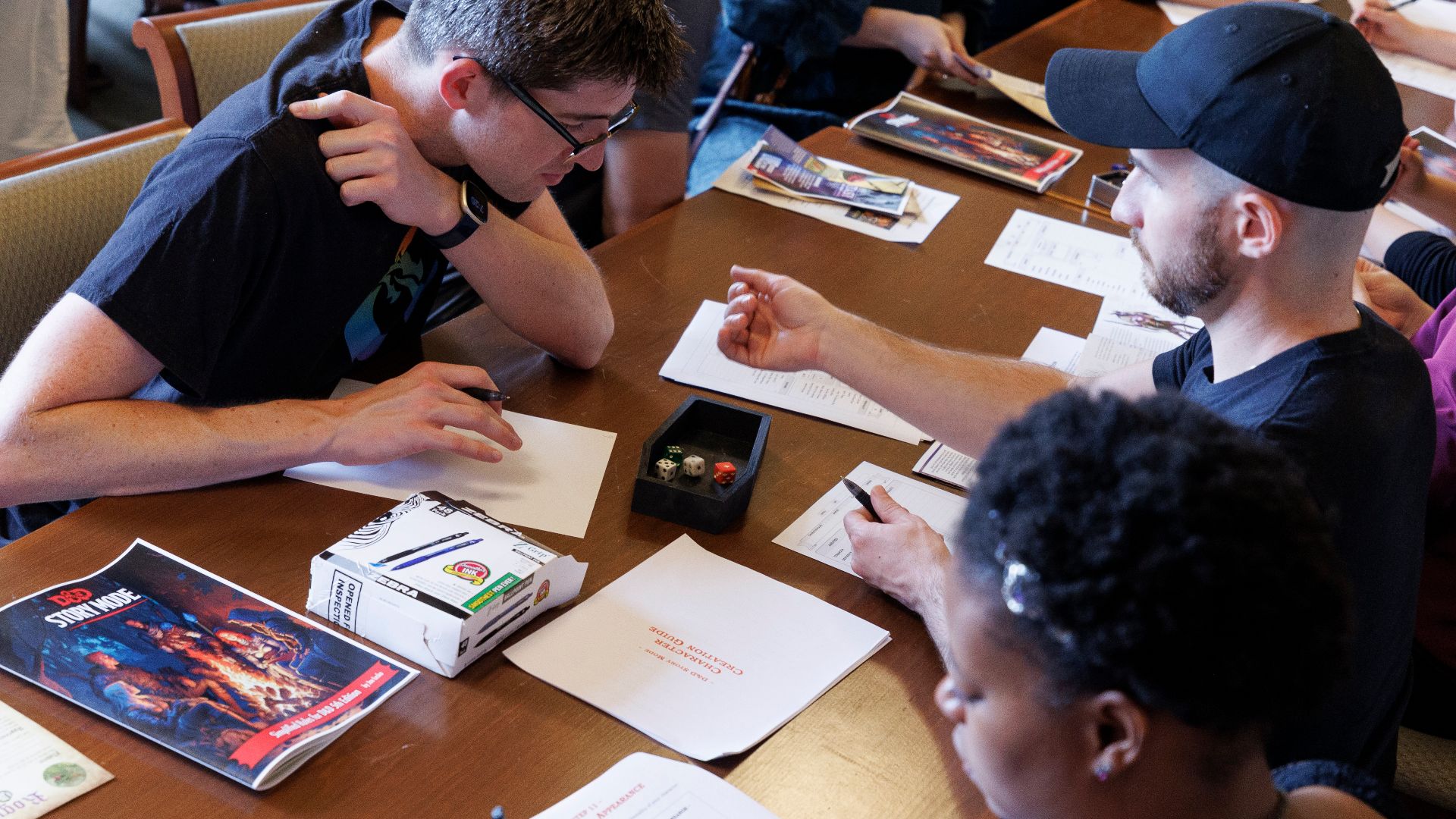 Library of Congress Life on Wikimedia
Library of Congress Life on Wikimedia
19. Toss in Some Humor
While you don’t want your sessions to be open mic nights, a bit of humor goes a long way with players. Hilarious NPCs and surprising turns of events keep people on their toes and encourage a more welcoming atmosphere.
20. Don’t Wait for Excitement
Oh, what’s that? You have an awesome character you can’t wait to introduce? Maybe an interesting antihero to shake things up? Don’t wait! No one said you have to hold back on the excitement, and introducing it earlier keeps players engaged right off the bat.



